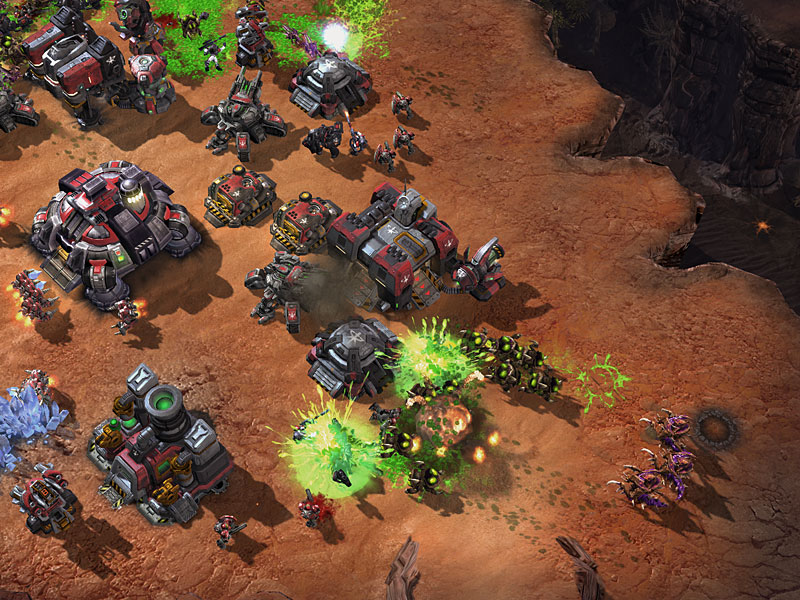The idea of intelligent design is silly, and has been thoroughly debunked by scientists with more patience than me, but now that I’m a dad, I have a new perspective on the idea. Instead of painstakingly giving examples of the independent evolution of the eye or calmly explaining that we share a common ancestor with chimpanzees, we didn’t evolve from them, I have realized that all you need is a human infant to illustrate how far-fetched intelligent design is. Babies have a number of fundamental design flaws that conclusively prove that there was no Designer.
First of all, before we even get to babies themselves, let’s reflect on the fact that human childbirth is a horribly painful and dangerous undertaking for the mother, with death of the mother and/or child in childbirth disturbingly common before modern medicine. This is, needless to say, not a good starting place for those who argue that humans were perfectly engineered by God.
And then you have the babies themselves. The reason that childbirth is so difficult is that humans have large heads containing large brains. Our brains are what make us special. And yet, babies are born with holes in their skulls that don’t close for years, and necks that are too weak to even hold their heads up for months. It’s also quite common for newborn babies to require treatment for jaundice. Why? Because their livers aren’t mature enough to effectively remove the bilirubin in the blood formed by breaking down red blood cells. Too much bilirubin can cause brain damage. I’m just saying, if I were engineering an animal that was so reliant on brainpower, I think I’d try to do a better job of protecting the brain and spinal cord.
Then there is the issue of eating and digestion. As we learned when our boy was born 5 weeks early, babies who are born even slightly early often lack the coordination required to be able to nurse, swallow, and breathe in a good rhythm. You would think that swallowing and not choking would be high priorities, something built in as an instinct, but apparently these things take practice. We also learned while in the NICU waiting for our baby to learn to eat that often when babies begin to eat, their body diverts blood to the digestive system, which causes the oxygen levels in the rest of their body to drop. Call me crazy, but it seems to me that getting oxygen to the brain should be prioritized over digesting food in the belly, since the one can cause damage in seconds, the other takes hours or longer to cause a problem.
There’s also the spitting up issue. After managing to master the complex art of eating without choking or falling asleep or desaturating blood oxygen, you would think that the digestive system would be designed to keep the milk in the stomach. It is not good at this! Slight pressure on the stomach, too much excitement, a stray air bubble, all can cause the stomach’s contents to erupt like a milky Vesuvius.
Finally, there is the fact that newborn babies are completely helpless. They don’t even figure out that they can control their own arms and legs for months. They can’t see more than a foot or so at first. As mentioned above, their heads are squishy and poorly attached, and it is more than a year before they can walk reliably. Human babies are just born way too soon, leaving the parents and other adult humans to care for what is essentially a still-developing fetus as it struggles to survive in the cold, harsh world outside until it is fully functional. To me, this seems like a fundamental design flaw.
I can easily explain all of these things based on an evolutionary perspective, but there are simply too many bad engineering choices for me to believe that someone intelligently designed human babies.







